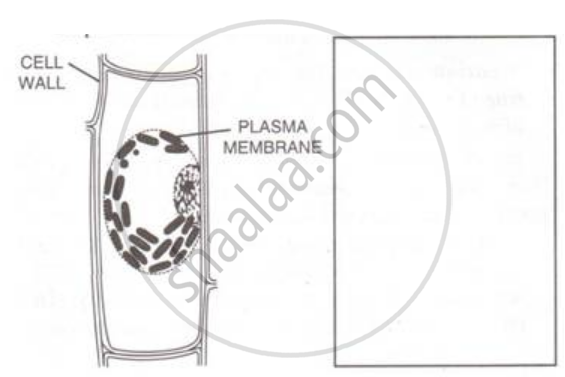Advertisements
Advertisements
प्रश्न
During a practical exam, a plant cell in a particular solution was placed under a compound microscope. Students were told to observe the cell and name the tonicity of the solution and mention the process that occurred in the cell.

पर्याय
Isotonic, Endosmosis
Hypotonic, Active Transport
Hypertonic, Endosmosis
Hypertonic, Exosmosis
उत्तर
Hypertonic, Exosmosis
APPEARS IN
संबंधित प्रश्न
Mention whether the following statement is true or false. Correct the false statement by altering the last word only.
Addition of salt to pickles prevents growth of bacteria because they turn turgid.
Leaves of the sensitive plant wilt and droop down on a slight touch. What mechanism brings about this change?
Show by a series of diagrams, the change which a plant cell will undergo when placed in
Hypertonic salt solution
Choose the correct answer:
Cell turgidity is caused by _______________
Mention whether the following statement is true (T) or false (F) and give explanation in support of your answer.
Plasmolysis is reverse of deplasmolysis.
A leaf cell of a water plant was placed in a liquid other than pond water. After sometime, it assumed a shape as shown below:

Comment on the nature (tonicity) of the liquid surrounding the cell.
Give Reasons for the following.
Plants begin to die when the excess of soluble fertilizers are added to the soil?
In the figure below ‘A’ shows a cell in the normal state and ‘B’ shows the same cell after leaving it in a certain solution for a few minutes.

(i) Describe the change which has occurred in the cell as seen in B.
(ii) Give the technical term for the condition of the cell as reached in B and as it was in A.
(iii) Define the process which led to this condition.
(iv) What was the solution-isotonic, hypotonic or hypertonic, in which the cell was kept?
(v) How can the cell in B, be brought back to its original condition?
(vi) Name the parts numbered 1 to 3.
